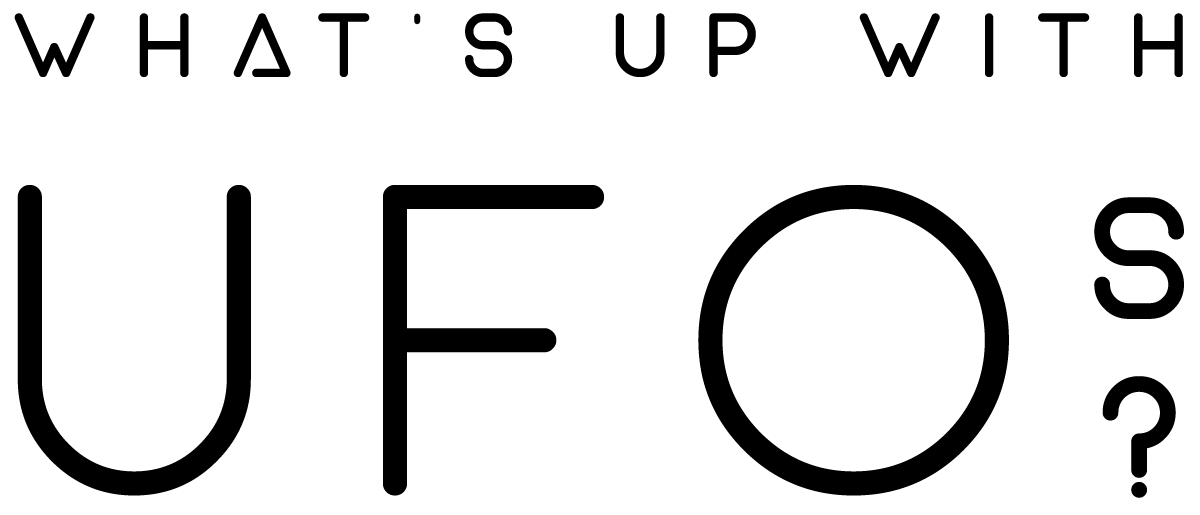4-minute reading time
Tom Rapsas. (2014). Angels, aliens and fairies: have our myths come to life? Patheos.
At any moment, I usually have seven or eight books in various states of completion—but recently the books that have surfaced to the top of my pile are about aliens and UFOs, angels and fairies.
There is a life force present in all living things that can sometimes manifest itself in strange ways.I find these stories strangely fascinating. There’s a parallel between those who claim to have witnessed angels or the divine, and those who see aliens and fairies. These entities often appear out of nowhere and disappear just as quickly. They defy rationale or scientific explanation. Yet to the people who witness them, they are as real as you and I, and seem to represent first-hand proof that there is more to this world than meets the eye.
Read enough of these stories and you will ask the question: why are they here and what do they want? A few of the books I’m reading have come to the same unique conclusion—that these unidentifiable crafts and strange entities, that from time to time interact with our world, are rooted in mythology and are all interconnected. They may, in fact, be myths that have come to life.
The mythology angle was first posited by the great philosopher Carl Jung, who tried to explain the meaning of UFOs in a 1958 book titled Flying Saucers: A Modern Myth of Things Seen in the Skies. Jung speculated that the UFOs came from the collective unconscious, a vast repository of myths and dreams of people throughout the world, all connected in a complex matrix that transcends time and space
Jung speculated that the UFOs came from the collective unconscious
While many believe that UFOs are spaceships from another planet, in the book Angels and Aliens, author Keith Thompson echoes Jung proposing that that UFO encounters contain mythic and legendary elements—and may come from somewhere deep within our psyche. Thompson compares UFOs to visionary experiences like “angelic visions, shamanic journeys and folkloric encounters with fairies”.
Most enthralling are the tales of those who encounter not just unidentified crafts, but their inhabitants. There are stories galore of people who have seen aliens, and many thousands who believe they have been brought to their “ships”, often for bizarre experiments. Here, Thompson suggests that:
Angels
Angels can be as mystifying as aliens. (In fact, some have speculated that aliens are actually fallen angles.) In Angels Are for Real: Inspiring, True Stories and Biblical Answers, Judith MacNutt reports that angels are often invisible, though their physical presence can be sensed. Other times, angels appear with distinguishing traits that set them apart from the rest of us. Eyewitnesses have described them as “8 feet tall, wearing a robe”, “beautiful, androgynous, and dressed in white” and “glowing, surrounded by a bright light”.
Fairies
Fairies are another category unto themselves. In her book Fairies, Real Encounters with Little People, Janet Bord points out that at one time in rural areas of Great Britain and Ireland encounters with fairies were so common that people took them for granted. She cites scores of examples dating back centuries, first-hand accounts of locals who have witnessed fairies, in all manners of dress, ranging in size from a few inches to a few feet tall.
At one time in rural areas of Great Britain and Ireland, encounters with fairies were so common that people took them for granted.
They are frequently seen dancing and spinning in circles, other times running at incredible speeds, have been seen playing the fiddle, or even engaged in acts of great mischief. Like UFOs, fairies have the ability to disappear in the blink of an eye, just as quickly as they appeared.
Bord also wonders if UFO entities and fairies are one and the same. She believes that there is a life force present in all living things that can sometimes manifest itself in strange ways. As Bord points out, perhaps “people are influenced by their environment and upbringing” when trying to interpret their otherworldly experiences.
For instance, she writes of a story from Peru where in 1977 a student named Jorge Alvarez fell into a swamp. As reported by Reuters, he was sinking fast when “four scaly little creatures of human appearance, but with three fingers on each hand” suddenly appeared and, holding out a branch, pulled him to safety. He later described them as three-foot-tall and covered with green scales. If Alvarez had been raised in a Christian home, might he have seen these entities as heaven-sent angels and not scaly green creatures?
We really don’t know for sure. Perhaps our ignorance was best summed up by the parapsychologist John L. Randall who, when discussing the possibility of parallel worlds, said:
What we regard as “reality”—the everyday world with its three spatial dimensions and linear time-flow—is no more than a distraction from a much more complex universe. We are indeed like the men in Plato’s allegory who, seeing the shadows of a higher reality on the walls of the cave, mistake these shadows for reality itself.


